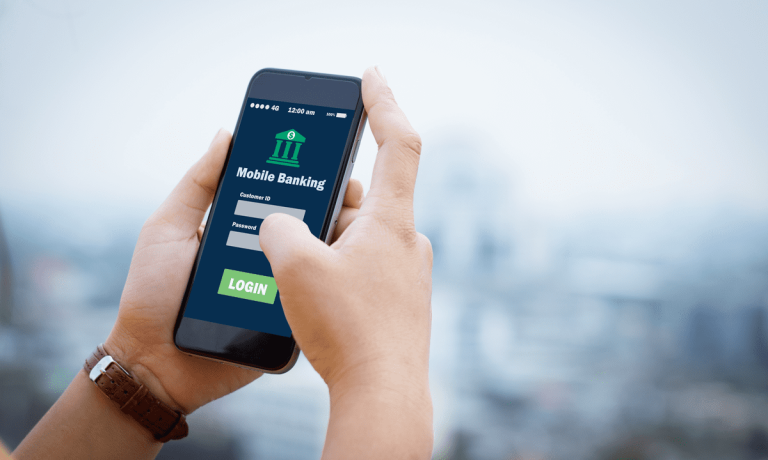
It’s been a long slog since April 2020 when a harmonic convergence of bad financial news and a worsening global health crisis formed the “crater” of the pandemic. April was also the month that financial institutions (FIs) and Big Tech firms alike learned that mobile banking had become a much bigger, more important channel, virtually overnight.
It took crashing the websites of a string of major banks and credit unions for the sector to grasp what happened. It was the stimulus checks. Almost as one, tens of millions of Americans logged onto desktop sites and mobile banking apps to see if they’d gotten their stimulus.
That brief but meaningful outage heralds the fact that mobile banking came into its own this year. PYMNTS’ November 2020 Mobile Banking App Report: Tapping Authentication To Boost User Engagement done in collaboration with Entersekt, notes that “A 200 percent uptick in mobile banking registrations occurred in the month of April, and many first-time users tried mobile banking apps for the explicit purpose of being able to check stimulus payments’ statuses.”
Whatever their reasons, the ranks of mobile banking consumers are expanding. FIs and their clients and partners need to understand the mindset of both old-hands and newly-minted mobile banking users to get ahead of the innovation they’re already demanding.
Mobile Experience Can Do More
Without question, stimulus tipped over a lot of folks who had been sitting on the fence about the use of mobile banking apps and platforms.
According to the November Mobile Banking Report, “51.1 percent of consumers who now use mobile banking apps are using them more often than they did before the pandemic’s onset in March. Consumers are 8.7 percent more likely to be using mobile banking apps now than they were in 2019.” No matter how you slice it, mobile banking is on the rise, with more than half of all bank customers in the U.S. — 118 million individuals — now use mobile banking apps.
Here’s where it gets tricky: people like mobile banking, but FIs need to step up their apps.
“FIs could vastly improve their customers’ likelihood of using mobile banking apps if they enhanced the apps’ UX for creating new accounts and adding people to their accounts, among other functions,” per the new Report. “There are 112.6 million U.S. consumers — 48.9 percent of all consumers in the country — who hold bank accounts but do not use mobile banking apps, and 47.7 million, or 42.4 percent, say they do not use the apps because they dislike their banking apps’ UX for actions like opening new accounts or adding new users to their current accounts. Many consumers would thus be more eager to use apps if the UX were better.”
Reading The Signs Of Satisfaction
Among stranger findings in the latest Mobile Banking Report is this: “A massive gap exists between how mobile banking app users want to authenticate their identities and how they actually authenticate them. A dramatic and unexpected increase in consumers’ tendency to authenticate their identities via email occurred this year,” with nearly 15 percent of bank app users preferring this method compared to 3.7 percent last year, “meaning there has been a roughly fourfold increase in the number of banking app users using email addresses to authenticate their identities and sign in to their accounts.”
Which would be nice, if people liked email authentication. They do not, however. More perplexing still is the fact that some preferred authentication methods are being lost.
Per the new Mobile Banking Report, “consumers are more satisfied with authenticating their identities using fingerprint scans and PINs — options that are now offered less than they were in 2019. Consumers are 46.1 percent less likely to authenticate their identities for mobile banking login via fingerprint scans in 2020 than they were in 2019, and they are 37.5 percent less likely to use PINs in the same circumstance.”
The answer is as you might expect. “This signals that many FIs are not providing the authentication methods their customers want,” the Mobile Banking Report states.